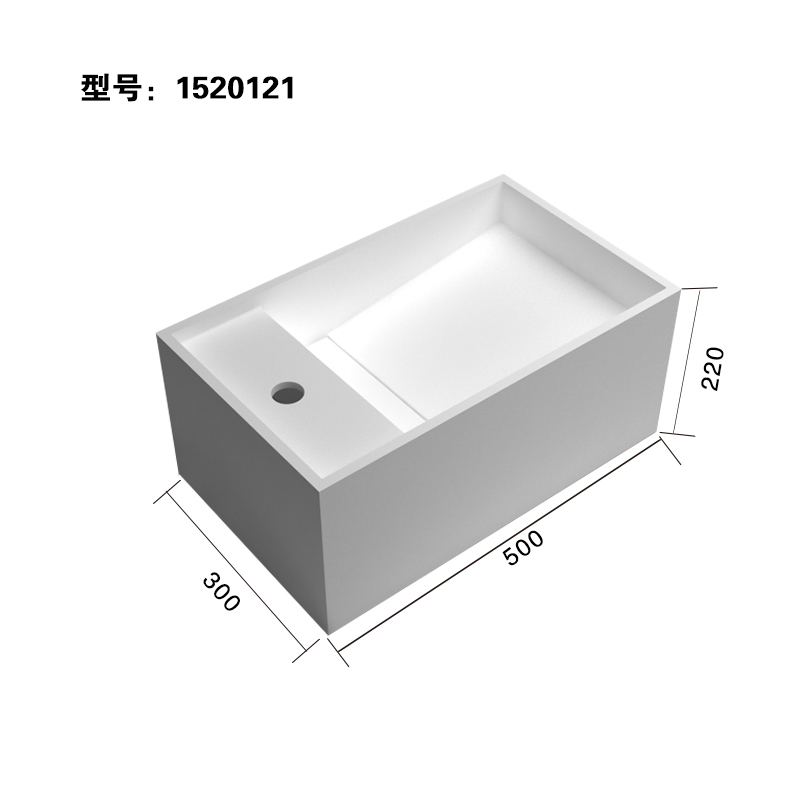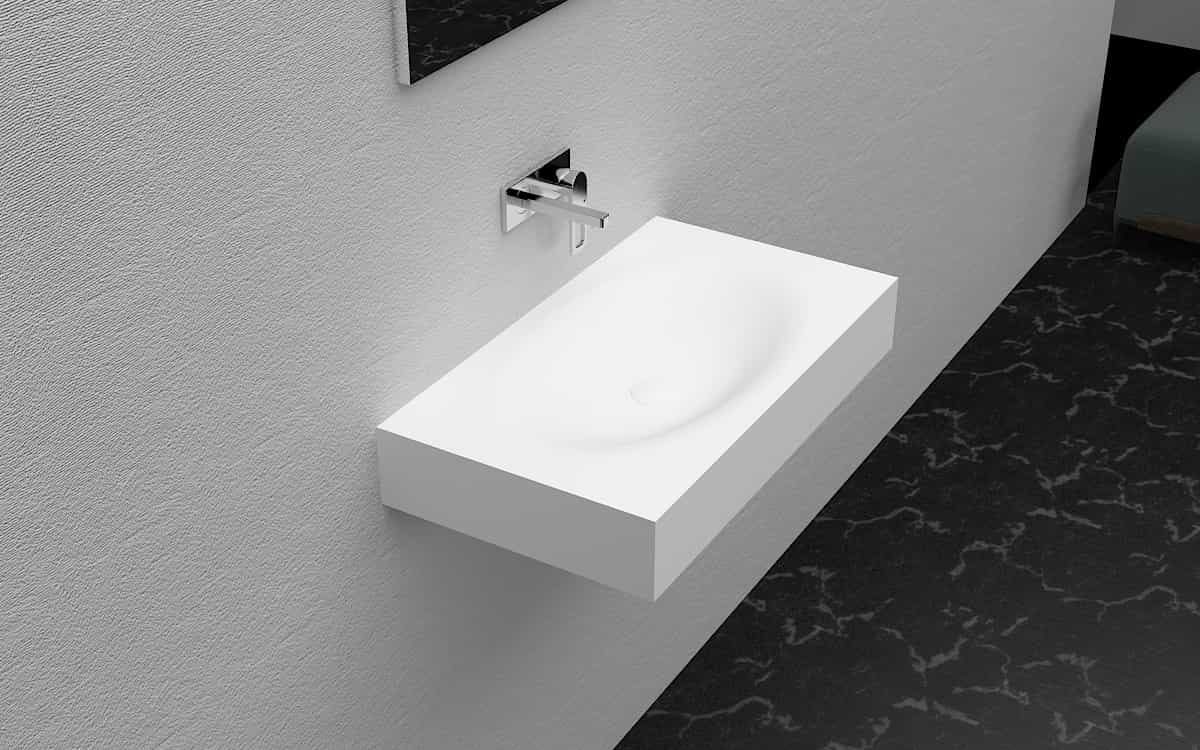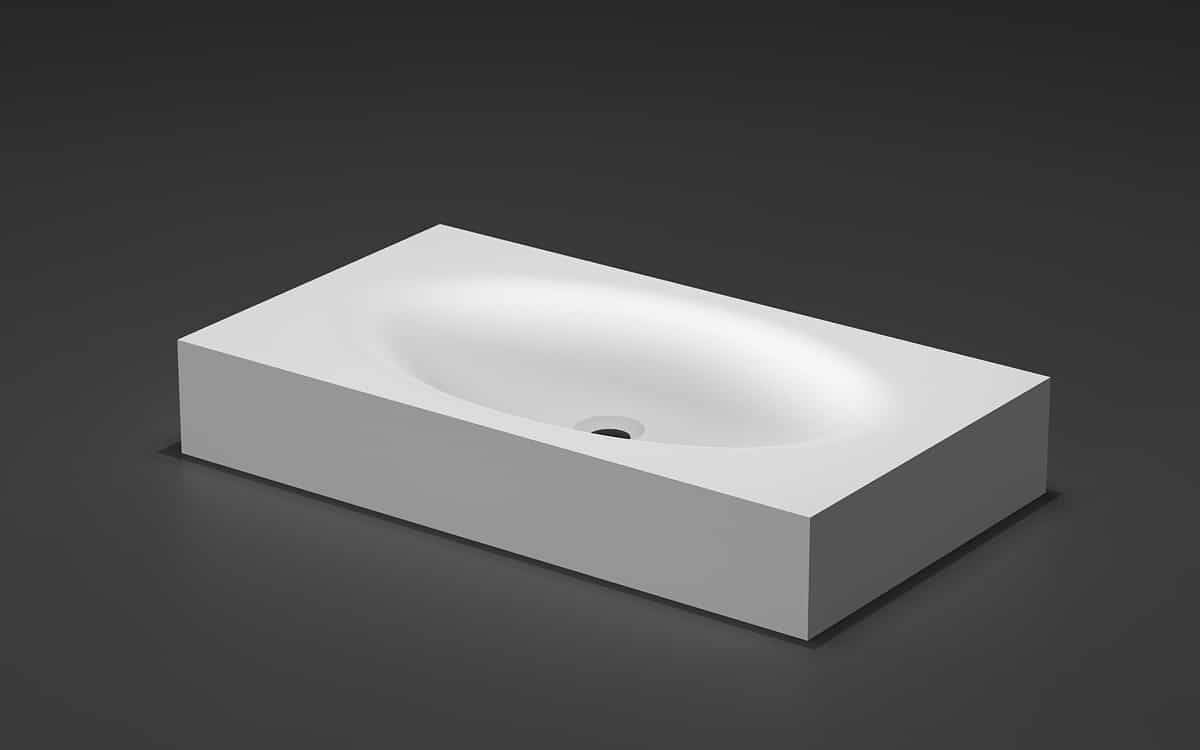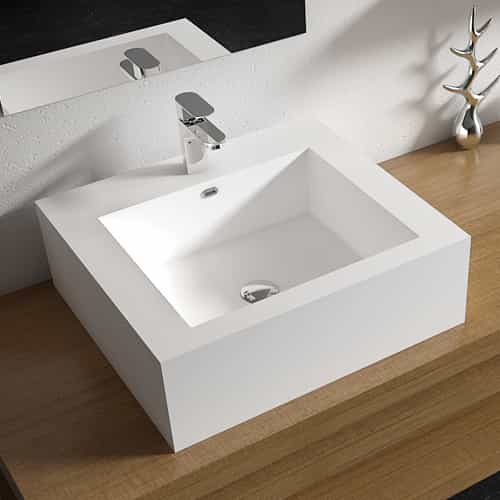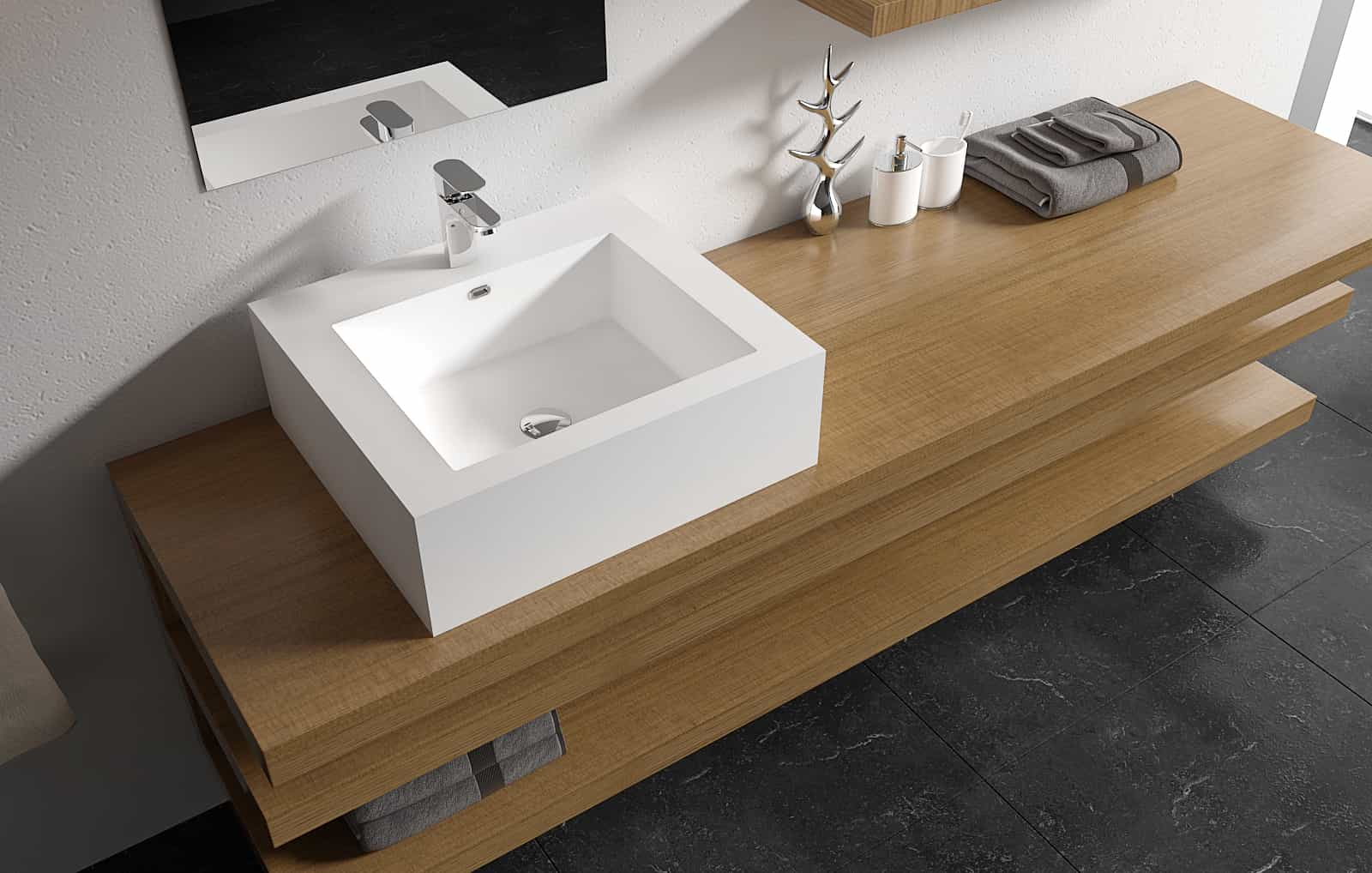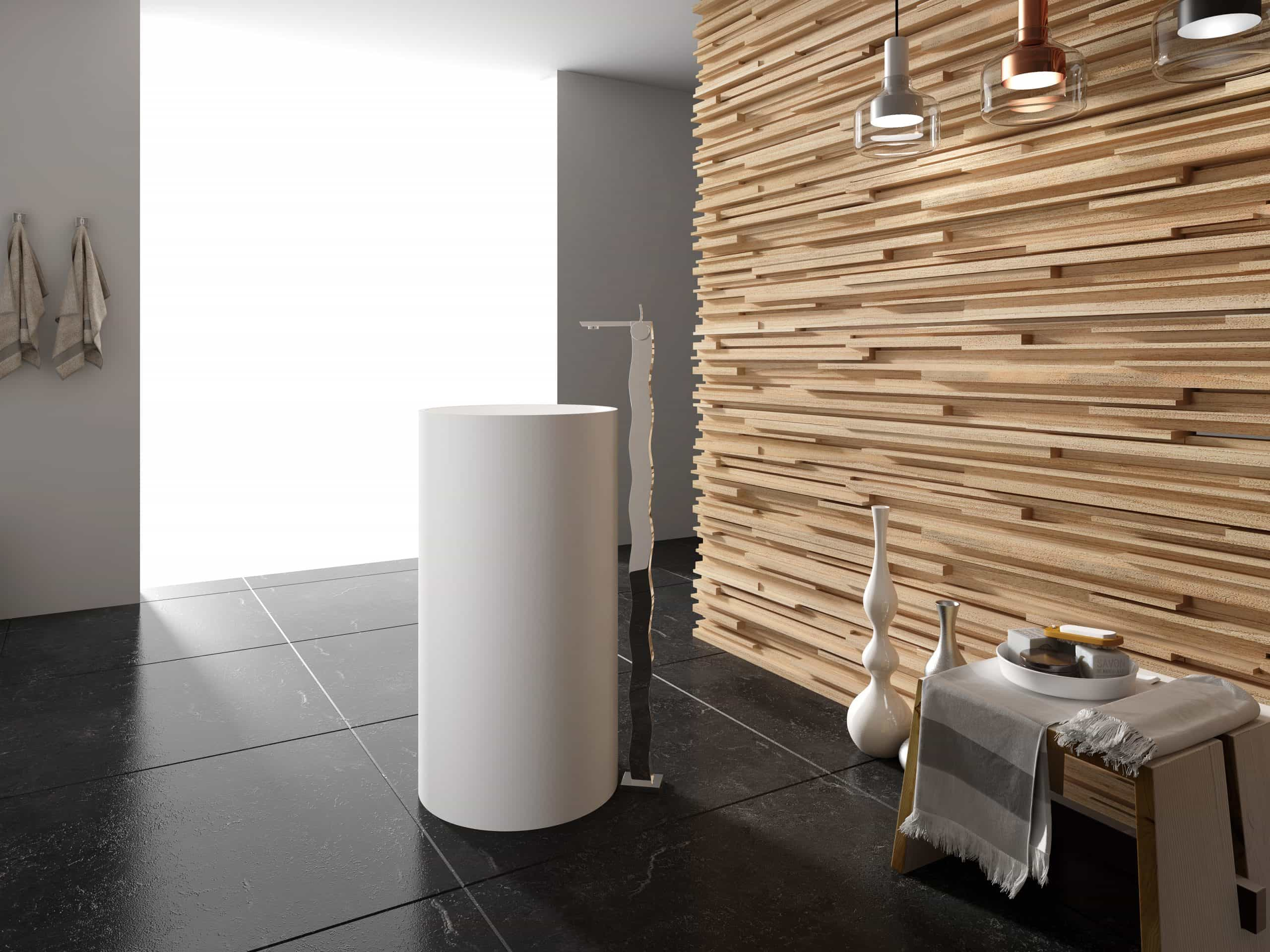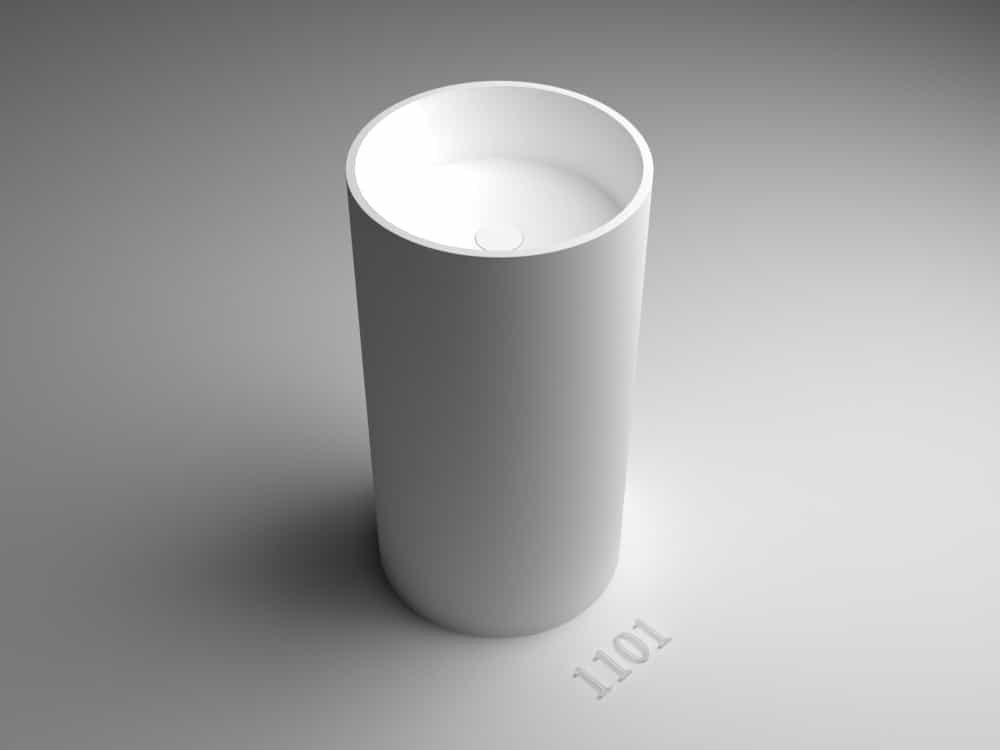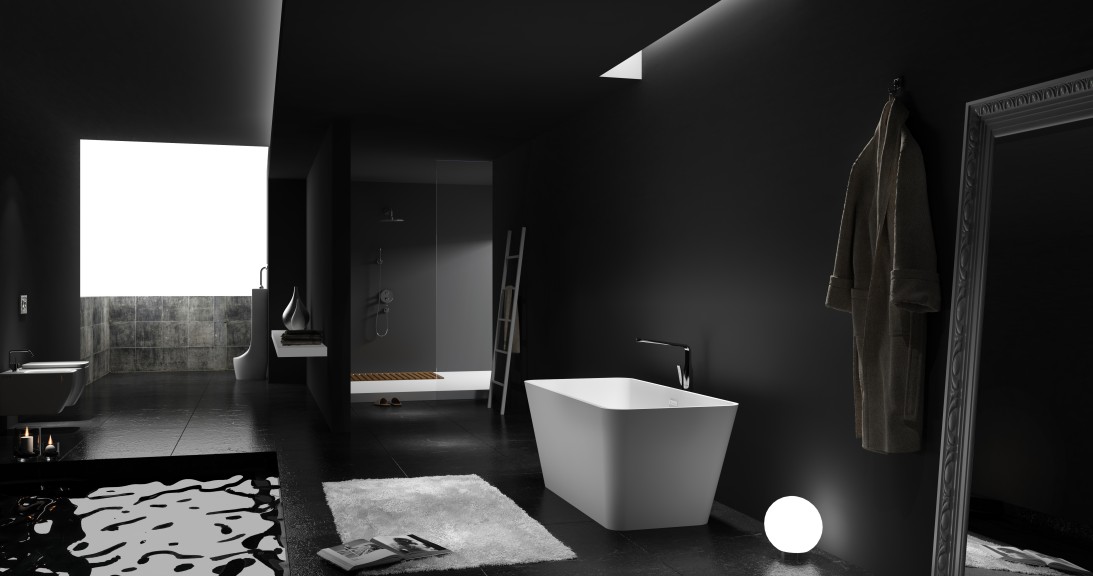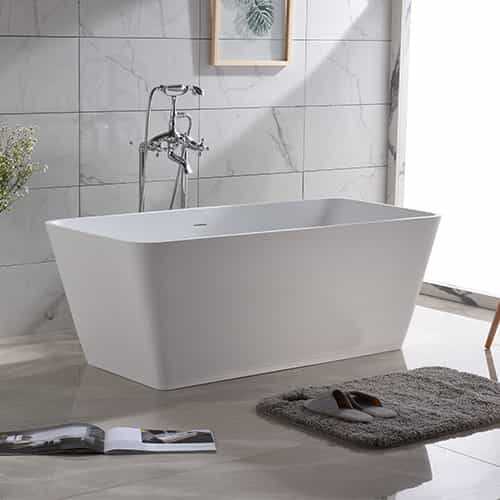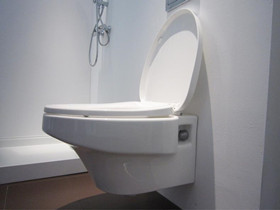
What are the installation steps and characteristics of the wall-mounted toilet? Nowadays, many families are very particular about choosing a toilet. They will choose a wall-mounted toilet for purchase and installation. At this time, everyone needs to know some relevant knowledge about it, for example: installation steps of a wall-mounted toilet And what are the characteristics? Next, let’s take a look at how the editor introduces the installation steps and characteristics of the wall-mounted toilet.
What are the steps to install a wall-mounted toilet?
Step 1: Adjust Tank Height
Side press water tank: According to the thickness of the decorative layer Xcm, from the horizontal line in the white box on the upper part of the bracket to the bottom of the bracket, the adjustable foot is 100cm+Xcm.
Top press water tank: according to the thickness of the decorative layer Xcm, the adjustable foot bottom is 82cm+Xcm from the top of the bracket to the bracket. If the bracket adjustment feet are not particularly lengthened, the maximum can only be adjusted to 20cm.
Step 2: Set Screws
The installation of the water tank bracket is mainly fixed by 4 screws, two on the upper part of the bracket and two on the supporting feet; at the same time, all screws on the water tank bracket must be fastened.
When installing, ensure that the surface of the water tank bracket is horizontal and the vertical surface is vertical.
Step 3: Water supply connection
The water inlet of the water tank shall be connected with the indoor water supply pipe (hard pipe) and the angle valve of the water inlet of the water tank.
It is strictly forbidden to install the supporting angle valve in the water tank outside the tank, so as not to cause the angle valve to be unable to be opened and closed during cleaning and maintenance of the water tank.
It is strictly forbidden to use a hose to connect the water supply pipe and the angle valve of the water tank. The pressure of the pipe and the quality of the hose may cause leakage. In case of leakage, it is necessary to destroy the false wall to repair it.
Step 4: Drain Installation
If the concealed water tank is installed in the original pit position, the short pipe connecting the water tank and the drainage pipe must be larger than φ90 to prevent clogging.
Step 5: Protective device installation
All protective devices should be installed before the false wall is made and the decorative layer is installed.
Install the screw protection hose, divide it into two parts, and put them on the front and rear ends of the screw respectively, so as to avoid blocking the screw hole when building a false wall or installing a decorative layer.
Step 6: False Wall Making
Light steel keel + moisture-proof gypsum board
The surface of the light steel keel and the water tank support must be flat, and the positions of the water tank protection frame, flushing pipe, drain pipe, and screw are reserved on the gypsum board, and the surface of the gypsum board must be close to the surface of the support and fixed. The water tank bracket is filled with bricks or concrete below the toilet elbow to avoid the cracking of the decorative material when the toilet is in use because the gypsum board is not tightly attached to the bracket.
Gray brick + wire mesh
Use bricks on the edge and gap of the water tank bracket to keep it flat with the surface of the bracket. Use a wire mesh slightly larger than the bracket to seal the water tank bracket as a whole, and fix the wire mesh to the brick wall. If necessary, two layers of wire mesh can be sealed.
red brick
Seal the edge and gap of the water tank bracket with red bricks, build a red brick wall about 50mm in front of the water tank, and reserve the positions of the water tank protection frame, flushing pipe, drain pipe, and screw. The minimum thickness of red brick is about 50mm.
Step Seven: Hanging Toilet Installation
The false wall has been decorated and the tiles have been installed.
Stick the soundproof pad on the decorative wall.
Measure and cut the pipe, then install the toilet according to the screw position.
The length of the screw extends beyond the ceramic surface to secure the toilet to the wall.
Pay attention to adjust the horizontal position of the toilet when installing the wall-mounted toilet.
After the installation is complete, cut off the excess sound insulation pad, and you’re done.
What are the characteristics of wall-hung toilets?
1. People who love beauty and cleanliness – the wall-mounted type has no sanitary corners and is easy to clean.
2. The toilet needs to be moved—it is more convenient to move, and the layout is not limited.
3. The bathroom area is small – the wall-mounted type occupies a small area and the space is more open, and it can be placed freely even in a small space. Sensitive to the sound of flushing water – because it is inserted into the wall, with the barrier of the wall, the noise is naturally weakened.
4. Powerful flushing—combining the “fast” flushing of the direct flushing and the “strong” flushing of the siphonic type, the sewage can be discharged in one step
The above is Xiaobian’s introduction to the installation steps and characteristics of the wall-mounted toilet. We have a general understanding of the installation steps and characteristics of the wall-mounted toilet. I hope the above introduction can help everyone.







